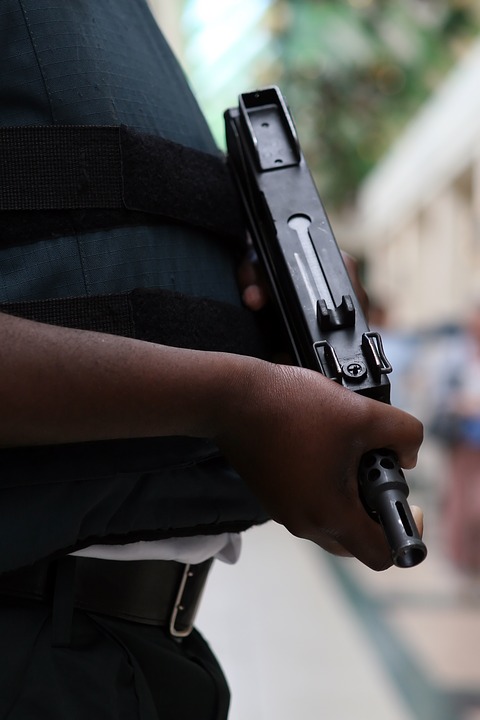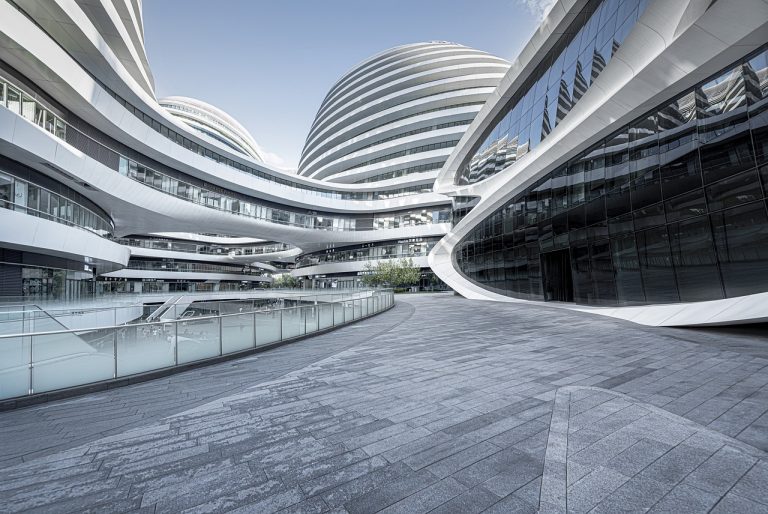With the increasing active shooter incidences, knowing how to protect your vital organs from bullets is key, whether you’re in law enforcement, a gun enthusiast, or even someone with little interest in guns. Body armor vests can help prevent this type of trauma, but adding an armor plate can be what saves you from death or serious injury. Here’s some more information on this topic.
Armor classes
The National Institute of Justice (NIJ) rates soft body armor vest packages from level 1 to 4 based on the level of protection they provide. Similarly, NIJ recognizes two classes of body armor plates: type 3 as well as type 4. Type 3 plates are capable of stopping rifle rounds. Conversely, type 4 plates can stop armor-piercing rounds. Take note that there are various ways of creating both types of armor plates with varying effects. With that in mind, the common types of body armor plates include:
Ceramic Plates
As the name suggests, ceramic plates come with ceramic tiles that can stop an incoming bullet. The ceramic tiles are backed by various types of materials such as steel or Kevlar that prevent accidental breakage and serve as absorbing agents. Lumina oxide is the typical material used to make ceramic plates.
If you’re going for a lighter plate, you can opt for one that’s made of silicon carbide. However, silicon carbide plates are costlier compared to lumina oxide. The top-tier material used to make ceramic plates is boron carbide. The high-density ceramic tiles are lightweight and can be used to make type 4 plates that can protect you from armor-piercing rounds.
It is worth noting that ceramic plates come with certain drawbacks. One of the cons is that when a bullet lands on ceramic, it creates a tiny cavern on the area it hits. Consequently, the plate weakens with each bullet that lands on it, and eventually it can no longer provide you with adequate protection. Ceramic plates can also develop cracks if hit or dropped. Weight is also a concern. A 12-inch ceramic plate weighs about 7.5 pounds.
Polyethylene Plates
Polyethylene plates are the only alternative to ceramic plates. This unidirectional and lightweight material resists bullets without the need for backing materials. Besides, it’s 50 percent lighter compared to ceramic plates. Unlike ceramic-made plates, the impact of bullets doesn’t break polyethylene plates. Due to the lightweight, resilient, and flexible nature of these plates, they are ideal for high-risk situations. The only drawback is that polyethylene plates are more expensive than ceramic plates.
Conclusion
These are some of the important facts to know about ballistic plates.













